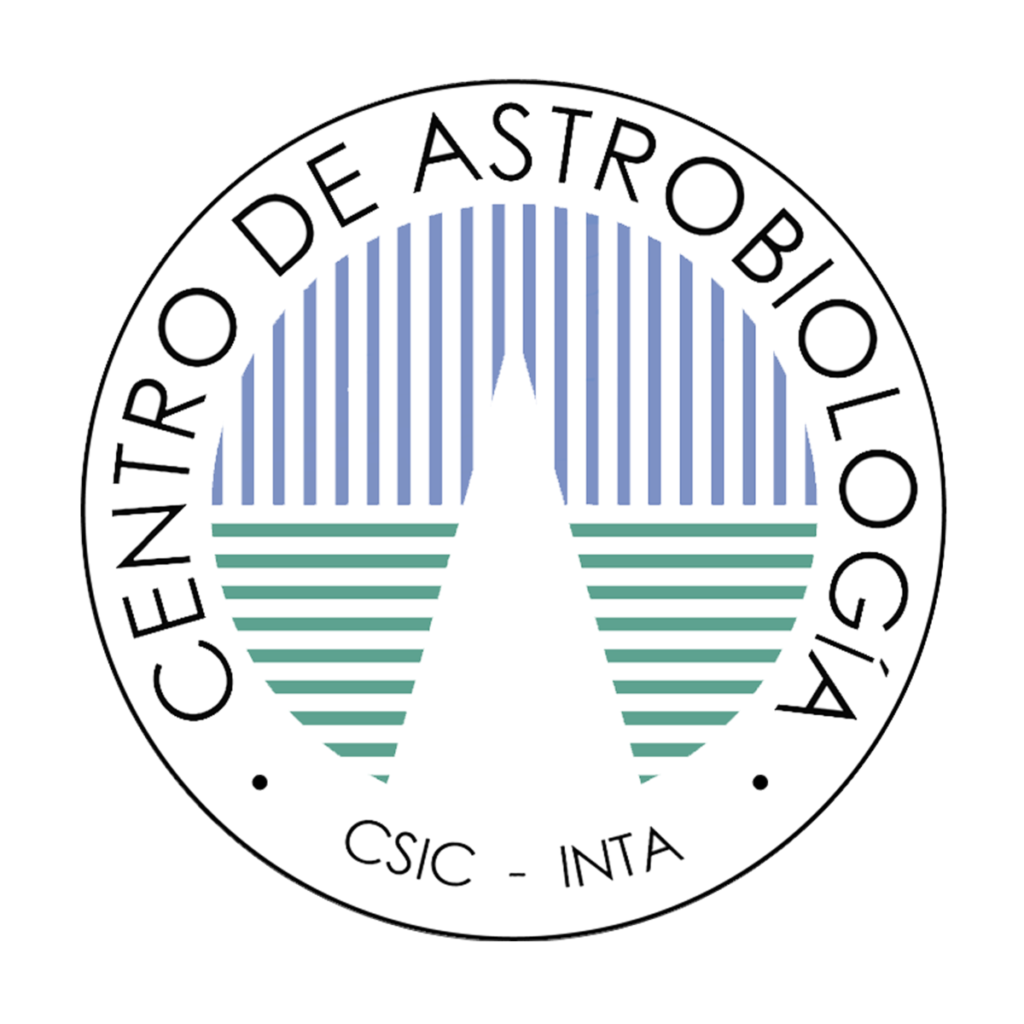

2024 – 2025

EAI ACADEMY es un programa educativo internacional organizado y difundido por el Centro de Astrobiología (CAB), CSIC-INTA, Madrid, con el apoyo del Instituto Europeo de Astrobiología (EAI). Proporciona un marco para reunirse en línea con la comunidad astrobiológica internacional y adquirir conocimientos interdisciplinarios a través de una serie de seminarios impartidos por expertos en estos campos. La audiencia de la Academia se conecta desde más de 32 países y todos los continentes, con una participación media de 70 asistentes por seminario. Las ediciones anteriores son accesibles a través del canal de youtube del CAB (link a 2021-2022, link a 2022-2023, link a 2023-2024).
El programa de la Academia EAI para el curso académico 2024-2025 comenzará este mes de octubre. Los seminarios se ofrecen de forma gratuita y se retransmiten online vía zoom cada dos semanas los miércoles de 15:00 a 16:00 horas CET (hora de Madrid). Las charlas serán impartidas por expertos de renombre mundial, que responderán a las preguntas planteadas por el público tras su intervención. Todos los seminarios serán grabados para su posterior disponibilidad en el canal de youtube del CAB.
Al final del curso académico, el CAB otorga un certificado de participación a quienes asistan a un mínimo de 10 seminarios. Para que podamos llevar un registro de la asistencia, deberá introducir su nombre y afiliación en el chat del seminario al entrar en la sala (Zoom).
Dr Sara Seager
Venus as Potentially Habitable Planet
Dr Victoria Muñoz Iglesias
Aqueous chemistry in ocean worlds
Dr. Inge Loes ten Kate
20.11.24
Mars biosignatures: how do we search, where do we search, and what are we searching for
Dr. Melissa McClure
27.11.24
How JWST traces life's cold, icy origins
Dr. Peter M. Higgins
11.12.24
Outer Solar System Bodies: Exploration and Complex Chemistry
Dr. Zita Martins
15.01.25
Primitive organic matter in the solar system - comets and carbonaceous meteorites
Dr. Peter Woitke
29.01.25
Physico-chemical processes in protoplanetary disks as probed by JWST
Dr. Fabian Klenner
12.02.25
Exploring Enceladus and Europa - Two Compelling Targets for the Search for Life Beyond Earth
Dr. Mickael Baqué
26.02.25
Planetary analogues: field work in extreme environments on Earth to test for habitability and biosignature detection
Dr. Eddie Schwieterman
12.03.25
Exoplanet Frontiers: The Search for Habitable and Inhabited Worlds
Dr. Nikku Madhusudhan
09.04.25
First results and prospects towards the search for life on exoplanets with JWST
Dr. Dominic Papineau
Possible biosignatures of anaerobic microorganisms in Paleoproterozoic hydrothermal vent environments
Dr. María-Paz Zorzano
07.05.25






